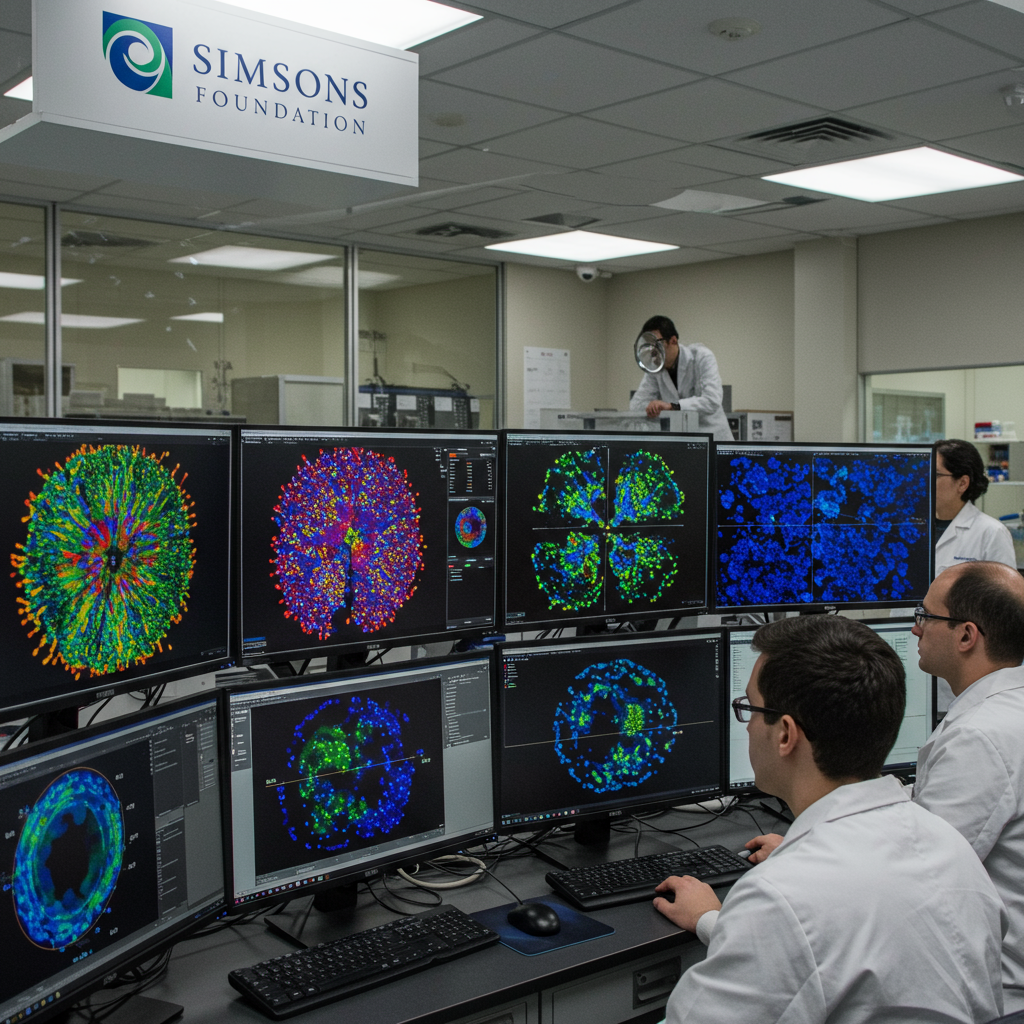For years, the narrative surrounding women and aging often overlooked a complex emotional landscape. New research now sheds light on a compelling paradox: while the internal experience of anger may intensify for women during their midlife years, their ability to master and regulate this potent emotion significantly improves. This nuanced understanding moves beyond simplistic assumptions, offering a more optimistic perspective on emotional well-being as women navigate significant life stages.
The Unseen Surge: When Anger Peaks Internally
A groundbreaking study by experts at the University of Washington, published in Menopause, the journal of The Menopause Society, analyzed data from over 500 women aged 35 to 55. This research revealed a fascinating trend: the frequency with which women feel rage, and the intensity of that emotion, often increases over time during this period. It’s a powerful acknowledgment that for many women, midlife can indeed feel like a crucible of heightened emotional states.
This internal surge isn’t just a fleeting feeling. It can manifest as a deep-seated frustration, an undercurrent of irritation, or even intense bouts of fury, sometimes triggered by seemingly minor everyday events. From a partner leaving a cup on the counter to a slow walker ahead, these everyday annoyances can feel amplified. However, this anger often extends far beyond the mundane, reflecting decades of accumulated societal pressures and personal experiences that boil beneath the surface.
Mastering the Storm: Emotional Regulation in Midlife
Despite the increased internal sensation of anger, the study presents a crucial counterpoint: women become remarkably adept at managing and expressing their fury. The research indicates that anger expression indicators actually decrease with age. This suggests a powerful development in emotional regulation strategies during midlife. Women learn to calm themselves down, becoming less likely to openly or aggressively express their rage.
Dr. Nancy Fugate Woods, a prominent professor at the University of Washington, highlights that this improvement in emotional regulation is a recognized phenomenon linked to aging. Women develop sophisticated adaptive strategies, such as cognitive reappraisal. This involves reframing situations, gaining new perspectives, and ultimately reducing immediate emotional reactivity. Brain imaging studies also support these observations, showing greater cognitive control and less emotional reactivity in perimenopausal women. This newfound capacity for emotional control offers a more resilient outlook on navigating the challenges of midlife.
The Double Burden: Hormones and Societal Stressors
The intensification of anger in midlife is not solely a product of hormonal shifts, though these play a significant role. Fluctuating estrogen levels, particularly the “rollercoaster” nature of their plunge during perimenopause, are frequently cited by women as contributing to increased irritation and mood swings. In fact, a significant seventy percent of midlife women report “irritation” as their most common hormonal symptom.
Yet, this midlife fury is also understood as a deeply rational response to a lifetime of societal conditioning and accumulated frustrations. Women have historically been socialized to suppress or redirect anger, often into passive forms like “snarky whispers” or “nagging,” rather than direct confrontation. They are encouraged to mask displeasure, modify their voices, and often internalize their anger, viewing it as unreasonable. Decades of “making nice,” being overlooked, dismissed, or constantly prioritizing others’ needs over their own, contribute to a powerful reservoir of unexpressed feelings.
The COVID-19 pandemic further exacerbated these pressures. Globally, women reported higher levels of anger, stress, and worry than men, with the gap widening significantly around the pandemic’s onset. Mothers, in particular, disproportionately shouldered domestic responsibilities and faced burnout, especially in female-dominated care industries. This “dissonance” between an evolving societal role and persistent patriarchal expectations can fuel a profound sense of frustration and anger.
The Silent Threat: Suppressed Anger and Health
While the ability to regulate and outwardly suppress anger might seem beneficial, the University of Washington study raised an important concern: suppressed anger remained largely unaffected by age. This form of anger, where the emotion is felt but intentionally hidden, is a direct consequence of deeply ingrained gender role norms from childhood. Girls were often taught to suppress feelings of disagreement or irritation, unlike boys.
Dr. Woods underscores that this suppression is far from benign. Suppressed anger has been directly linked to negative health outcomes in women, including the development of coronary heart disease. It’s also associated with elevated blood pressure, thicker artery walls (a predictor of atherosclerosis), and a higher susceptibility to severe depressive symptoms, particularly for those undergoing hormone therapy. Understanding and addressing this suppressed anger is crucial for women’s long-term physical and mental well-being. Recognizing the difference between healthy emotional regulation and harmful suppression is a vital step toward holistic health.
The Broader Picture: Anger as a Catalyst for Change
The anger experienced by women, whether in midlife or younger years, can be viewed not just as a burden but as a potential catalyst for change. For younger women, particularly Gen Z, growing anxiety and anger over global injustices, misogyny, and climate change are leading to significant political shifts. This demonstrates that frustration, when channeled, can drive powerful movements for social justice and reform.
Similarly, for midlife women, this intensified anger can be a signal – a “No more!” moment. It can be a powerful impetus to re-evaluate personal boundaries, challenge long-standing inequities, and seek better support for their emotional and physical health. The rising tide of female anger worldwide, though challenging, can be a force to “shake things up,” compel attention, and drive necessary action for a more equitable and supportive society. It highlights the critical need for women to receive education about mood changes and symptoms that profoundly affect their quality of life, moving beyond a sole focus on physical health implications.
Frequently Asked Questions
Does anger genuinely increase for women as they age, or do they just express it differently?
A new study from the University of Washington indicates that for women between 35 and 55, the frequency and intensity of felt anger actually increase with age. However, paradoxically, these women also become significantly better at regulating their emotions and are less likely to express their anger openly. This suggests an internal surge of emotion coupled with an improved ability to manage its outward manifestation through learned coping strategies like cognitive reappraisal.
What are some healthy ways women can manage or address midlife anger?
Healthy management involves recognizing the anger without suppressing it. Strategies include cognitive reappraisal (reframing situations), seeking support from mental health professionals, exploring hormone therapy if appropriate (given the link between estrogen fluctuations and irritation), and acknowledging accumulated societal frustrations. Addressing suppressed anger, which is linked to heart disease, is crucial. Education about mood changes during midlife and proactive management of symptoms can profoundly improve overall quality of life.
How do hormonal changes and societal factors contribute to anger in midlife women?
Hormonal shifts, particularly the “rollercoaster” nature of fluctuating estrogen during perimenopause, contribute significantly to increased irritation and mood swings. Beyond biology, decades of societal conditioning often teach women to suppress anger, leading to an accumulation of unexpressed frustration. This is exacerbated by enduring societal inequities, disproportionate burdens (e.g., during the pandemic), and a sense of being overlooked. Midlife anger is often a combination of these physiological changes and a rational response to accumulated personal and societal stressors.
Embracing the Evolving Self
The journey through midlife for women is complex, marked by profound personal growth and often, intense emotional experiences. While the idea of “becoming angrier” might sound negative, the research offers a powerful reframing: it’s about an evolving emotional intelligence. Women in midlife are not simply angrier; they are developing a deeper internal awareness of their feelings and a greater mastery over their expression. This period represents an opportunity for women to harness their potent emotions, not suppress them, ultimately leading to greater resilience, self-understanding, and a profound improvement in their overall quality of life.


